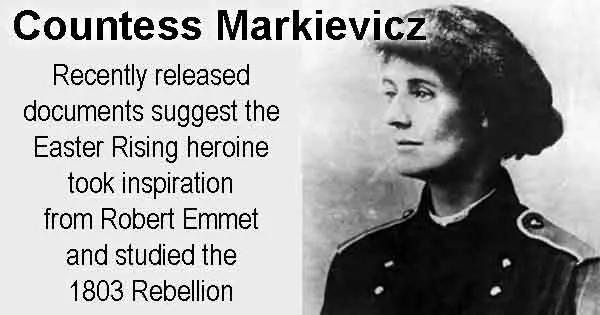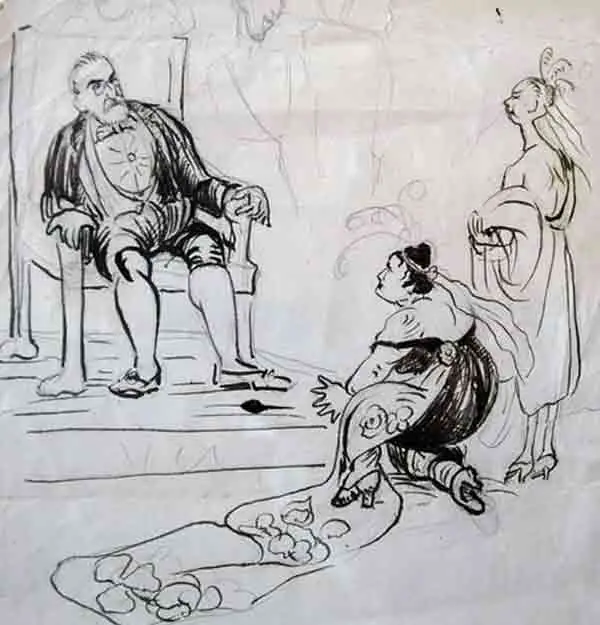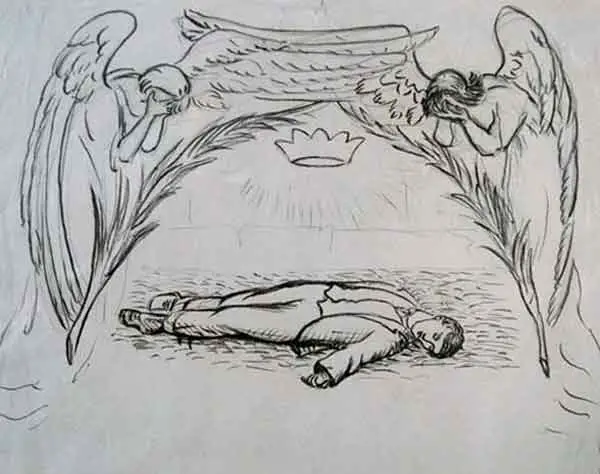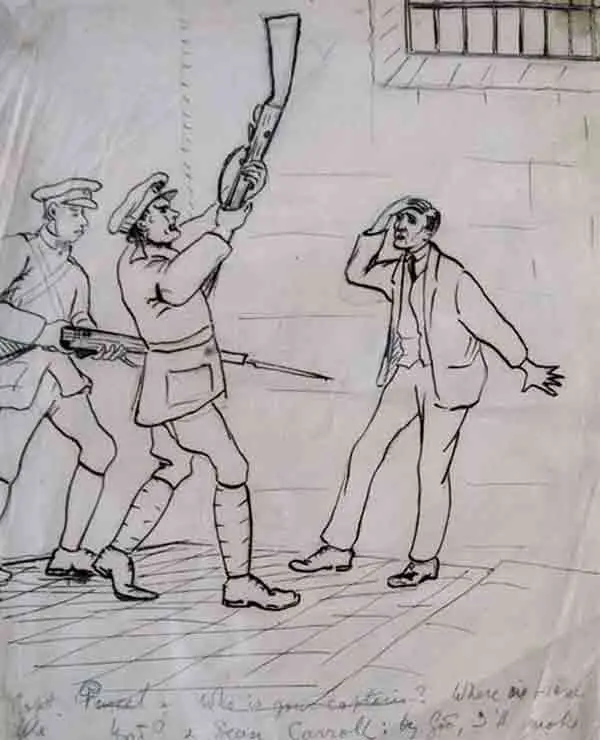The Easter Rising may have been planned using the blueprint set by an Irish rebel leader from a previous generation – Robert Emmet.
That is according to recently discovered documents that were written by Countess Markievicz.
Markievicz was a Lieutenant during the Easter Rising under the command of Michael Mallin. She is also credited with helping to decide strategy and tactics with the other leaders.

Now documents that have been released for the first time reveal that she used plans that were drawn up by 1803 Rebellion leader Robert Emmet.
The documents are in a handwritten copybook which was bought at auction 12 years ago by Lissadell House owners Edward Walsh and Constance Cassidy – in 1916 Lissadell House was Markievicz’s family home.
They are now making the documents public to coincide with the Easter Rising centenary.
The copybook had previously belonged to the Coughlan family from Rathgar, Dublin who looked after Markievicz after she was released from prison.
Another copybook contains poems that Markievicz wrote while she was detained in Kilmainham Jail. One of the poems – In Kilmainham – suggests that Easter Rising leader Tom Clarke was not killed at the first attempt at his execution.
In Kilmainham by Countess Markievicz
Gray dawn and Spring
I cannot sleep
Despair is in my brain
The dead hours throu the prison creeps
As if they felt the pain
As if the pain would stop and weep
And time grim hand restrain.
I cannot sleep; but yet I dream
I dream, and I still am sane
Dear faces white and pallid gleam
Seen through a storm of rain
Of rain or tears? For it would seem
They stood there to be slain.
I see their eyes, bind to this life
Greeting the rising dawn
Eyes that burnt fierce in the bloody strife
That met defeat with scorn
Defeat is death, but death is life
And only cowards mourn.
I stood beneath them – heard their prayer
The last prayers on Earth below
That God would for their country care
I saw the cruel foe
Level their guns, O I can’t bear
To look more –no, no, no.
A peel of shots swift pattering fall
Breaking the air like hail
Silence – more shots – a sickening flash
Showed me the volley fail.
Markievicz’s poems were transcribed by Fr Albert Bibby who was a Capuchin Friar who ministered Markievicz and other rebels after the Rising.
Fr Bibby added the following note at the bottom of his transcript: “I was told yesterday that Tom Clarke did not die as a result of the first volley, but was only seriously wounded . . . this little poem seems to confirm this report.”
Markievicz would have also been executed as a leader in the Rising, but was spared because of her sex.
However, the copybook showed that she was heavily involved in the planning and had researched the points of attack and defence and points of check that were used by Emmet in 1803.
The book then continued with a detailed list of things that had changed in the 113 years since Emmet’s rebellion.
There were several short notes that showed that she and the other leaders had been studying the 1803 Rebellion to find out what had been done correctly and where they might have gone wrong.
The notes included several short comments of discussion points to consider such as ‘Emmet’s death’, ‘why a failure’, ‘Why 4?’, ‘Why Fenians’, ‘discipline’, ‘be prepared’, ‘content to do with you can’ and ‘little things’.
It certainly seems that Markievicz was inspired by Robert Emmet and was searching for how her generation might emulate him, but also avoid falling into the same problems.
Mr Walsh said: “It seems to me that she looked at what he did and tried to find out where he went wrong. On the balance of probabilities, at the very least, these were Constance’s own ideas about how a Rising should take place.”
The copybooks are to be published by Willow Ireland in the in the Constance Markievicz Journal 1916.
The books also contain a number of sketches that were drawn by Countess Markievicz, many of which were used for propaganda purposes by the IRA and the anti-Treaty republicans.
Take a look at some of the sketches beneath the video at the end of this article.
Take a look at the video below from the Irish Times.
Find out more about Robert Emmet.
Sketches by Countess Markievicz




newsletter.html”]
easter-rising.html
